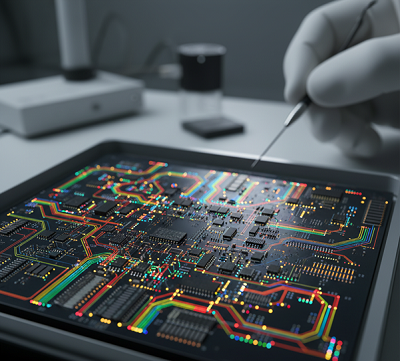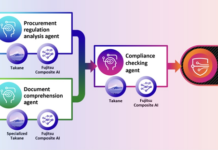According to Research Intelo, the Global Photonic Integrated Circuit market size was valued at $2.1 billion in 2024 and is projected to reach $11.8 billion by 2033, expanding at a robust CAGR of 21.2% during the forecast period of 2025–2033. The market’s remarkable growth trajectory is primarily attributed to the escalating demand for high-speed data transmission and the proliferation of data centers, driven by surging internet traffic, cloud computing, and next-generation telecommunication networks. As industries worldwide shift towards digitalization and automation, the adoption of photonic integrated circuits is accelerating, owing to their ability to deliver superior performance, reduced energy consumption, and miniaturized device footprints. Furthermore, the integration of photonics with electronics is revolutionizing sectors such as healthcare, aerospace, and industrial automation, fostering new avenues for innovation and market expansion.
The Photonic Integrated Circuit (PIC) market is emerging as one of the most transformative technological arenas in the global semiconductor industry. Unlike traditional electronic integrated circuits that rely solely on electrons, PICs leverage photons to process, transmit, and manipulate information. This fundamental shift brings immense advantages such as higher bandwidth, faster processing speeds, lower power consumption, and reduced costs over time. As data centers, telecommunication networks, and high-performance computing environments push toward greater efficiency, the demand for photonic integration is experiencing exponential growth.
Key Drivers of Market Growth
Rising Demand for High-Speed Communication
The global appetite for high-speed internet and data processing has been intensifying with the rise of video streaming, virtual reality, online gaming, and remote work environments. PICs offer the ability to transmit data at the speed of light, making them highly suitable for telecommunication and data center applications. This demand is expected to accelerate as more industries transition to bandwidth-intensive operations.
Expansion of Data Centers and Cloud Computing
Data centers are the backbone of digital economies, and their rapid growth has spurred interest in energy-efficient and scalable technologies. PICs play a pivotal role in reducing energy consumption while increasing processing capacity, which makes them essential for managing cloud workloads, AI computations, and massive data storage.
Advancements in Healthcare and Sensing Applications
Beyond communication, PICs are becoming vital in medical imaging, biosensing, and diagnostic devices. Their ability to provide precise optical signals with high sensitivity makes them ideal for early disease detection and non-invasive medical technologies. Additionally, environmental monitoring and defense sectors are leveraging photonic sensors to enhance operational accuracy.
Challenges and Restraints
Despite the promising outlook, the photonic integrated circuit market faces certain barriers. High initial development and manufacturing costs can discourage small-scale enterprises from adoption. The complexity of integrating photonic components with electronic platforms is another hurdle that requires advanced design and engineering expertise. Moreover, the lack of standardized manufacturing protocols continues to limit large-scale deployment and increase dependency on niche suppliers.
Future Outlook
The future of the photonic integrated circuit market is poised for significant transformation. As the global economy continues to digitize, the demand for faster, more reliable, and energy-efficient solutions will intensify. PICs are expected to move beyond communication and computing into mainstream healthcare, automotive, and consumer technologies. Furthermore, ongoing efforts in standardization, cost reduction, and large-scale manufacturing will unlock new opportunities for both established players and startups.
Emerging trends such as quantum computing, AI-driven network optimization, and the Internet of Things (IoT) are also expected to accelerate the adoption of PICs, making them a cornerstone of the next-generation technological revolution.
Competitive Landscape
Prominent companies operating in the market are:
- Intel Corporation
- Cisco Systems, Inc.
- Infinera Corporation
- NeoPhotonics Corporation
- Lumentum Holdings Inc.
- Hewlett Packard Enterprise (HPE)
- Broadcom Inc.
- Mellanox Technologies (NVIDIA)
- Huawei Technologies Co., Ltd.
- Ciena Corporation
- Juniper Networks, Inc.
- Fujitsu Limited
Source: https://researchintelo.com/report/photonic-integrated-circuit-market


















